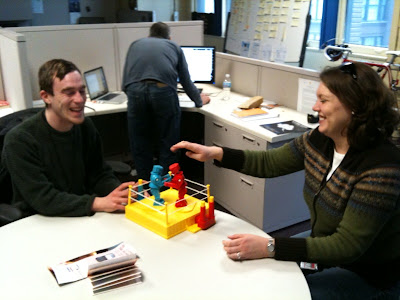The UX Value Mandala is based on some simple principles or beliefs.
KNOWING
The first pair of knowing the large/small is based on the belief that knowing is powerful. That if one acts on the curiosity that one has about an object that better understanding results.
DIALOG
The core of this belief is that discussion from multi perspectives is valuable. The second pair of seeing the same and discussing the different is a recipe for how to get the power of people together. It is a recipe for success with the most important part of any system we work in – people. But getting people together to talk isn’t enough. Most importantly there needs to be a common object that everyone can see or bounce ideas off of and feel they can contribute to. It is also not an idea that one person has. It depersonalizes the discussion. It should not be MY idea versus YOUR idea. We need to move beyond that if we want to get the innovation leverage of having multiple people contribute to something.
PRACTICAL DREAMING
Dreaming and planning are the keys to both short term and long term success. And this third pair of UX Values of planning the possible and dreaming the better speak of how we are making the world better. We must be able both to make practical plans and to dream a better place/situation that what we currently have.
DOING
Actually doing something, changing something, putting ideas into the real world to see what happens is powerful. We must get it done, but launch and abandon is not enough. We must look and see if the impact we were expecting happened and the way to do that is by measuring the impact. This is the best way for you to becoming a better designer and continually growing. If we don’t reflect on what we have done then we don’t know if our guesses and bets were correct we lose the opportunity to become better.
References

